Our Blog - Bretagne Trip - Summer 2021 - Port Louis, France
Port-Louis forms a peninsula, limited to the west by the estuary common to Blavet and Scorff. The city which was named formerly " Blavet ", then "Loc-Péran", and its citadel are renamed Port Louis July 17, 1618 by royal decision. Port-Louis, Porzh Loeiz in Breton, recalls the names of the kings of France and thus marks their suzerainty over this port which was for a long time a Spanish fortress. The current name of Port-Louis, dating from 1618, is given in honor of King Louis XIII who wanted to make it a fortified city (letters of July 18, 1616). The fort is rebuilt, new bastions are added, and it becomes a citadel . This was another town that was heavy into sardine fishing. Starting in about 1850, there are articles written that talk about how fishing was the only industry in the area. And like other towns, fishing declined after World War I. In the case of Port Louis, it was due mostly to the competition from the neighboring port of Lorient. During World War II, the Citadel of Port-Louis served as a prison, torture center and place of execution for resistance fighters. The city suffered greatly from the Allied bombardments in order to liberate the region from German occupation in 1945. The decline continued after World War II and the town converted to being more of a tourist destination with the port becoming a marina for private boats.
It is really good to see it from above, which you can do on the French Wikipedia page. The citadel was built in the 16th century by the Spanish and then rebuilt in the early 17th century when the King decided to give the port the status of a "royal city". We took a set of pictures around the outside but we weren't able to visit during this trip as we had Lucy with us. There are a couple museums inside, so we'll add this to the ever-growing list of things to plan into our next trip.

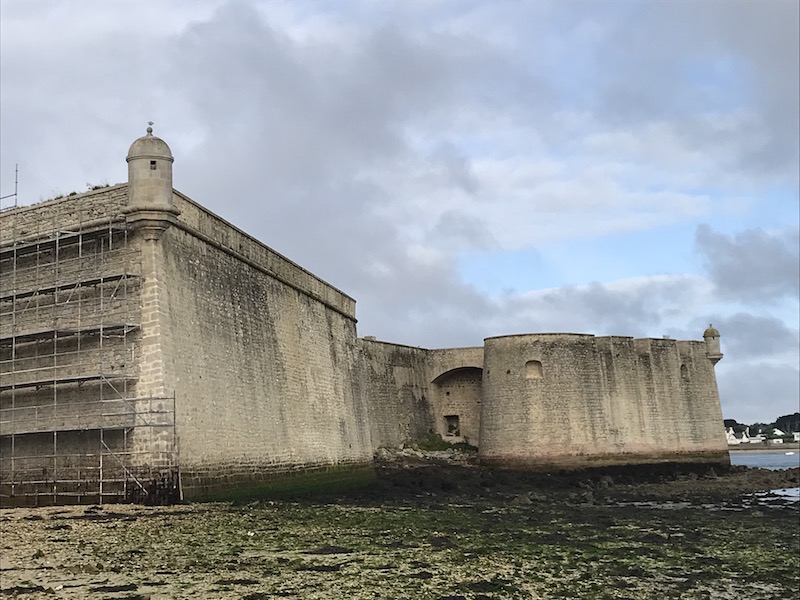
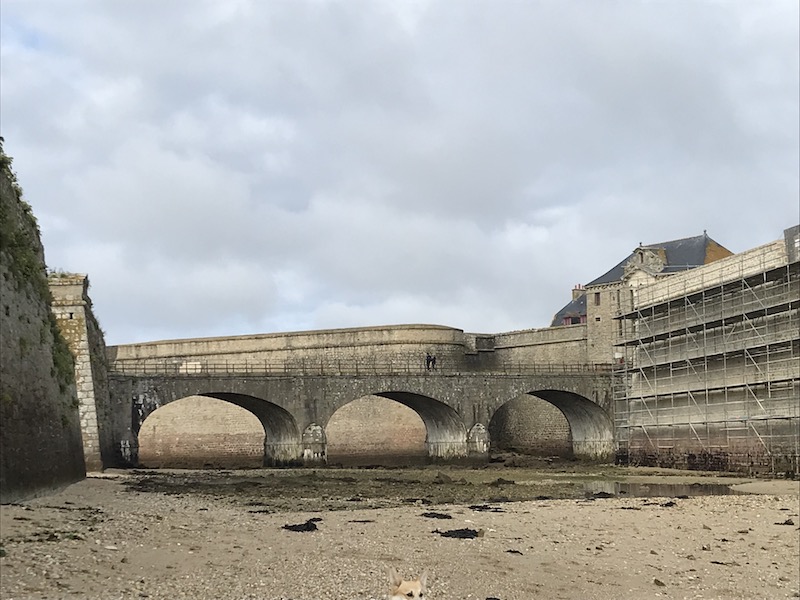
Chapelle Saint-Pierre is built in neoclassical style and sits on the same site of the first church from the 11th century. It wasn't open during our time there, so (sorry) only exterior pictures.
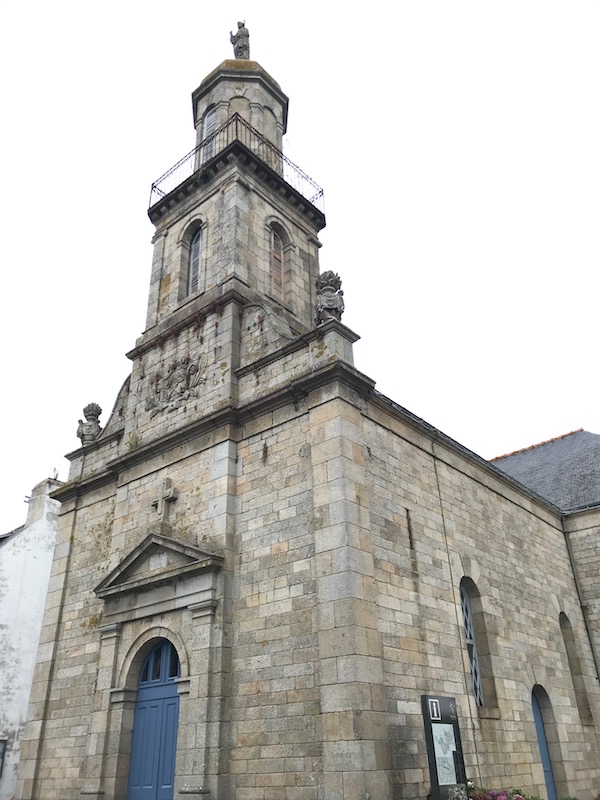

The town was quite clean and well-kept, with several residential streets with lots of granite houses.
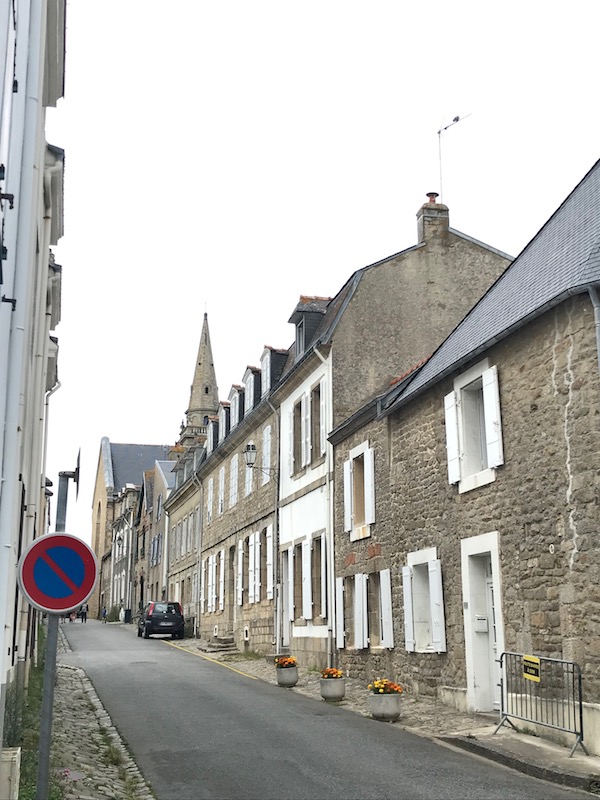

The Église Notre-Dame-de-l'Assomption was built in 1657 but it was rebuilt after a fire in 1918. I didn't get that many pictures, but grabbed a few interesting things, including a statue of Joan of Arc, the painting over the main altar, and a couple slightly-modern stained glass windows. I didn't really find any additional information on the church.
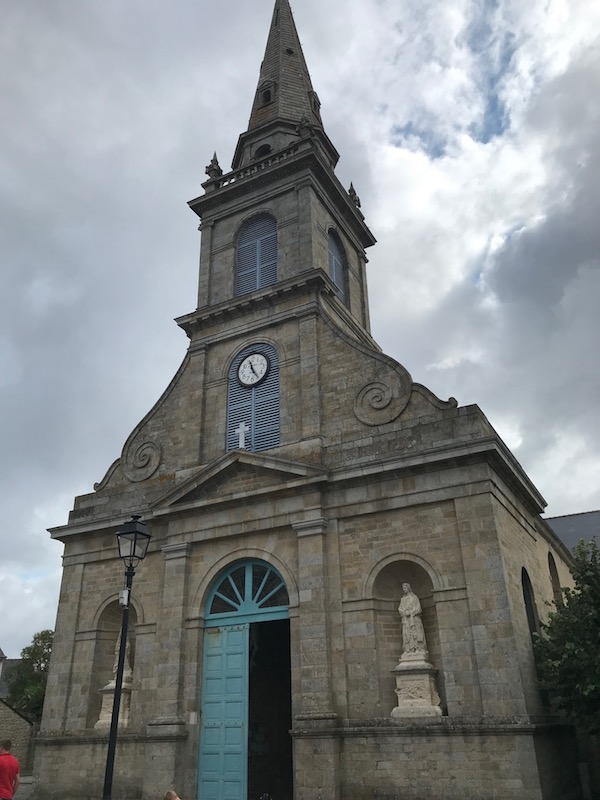
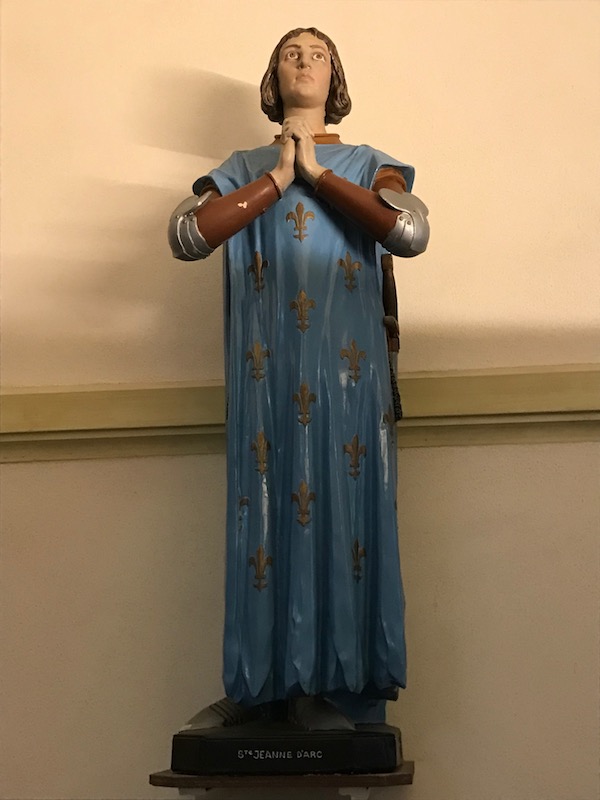

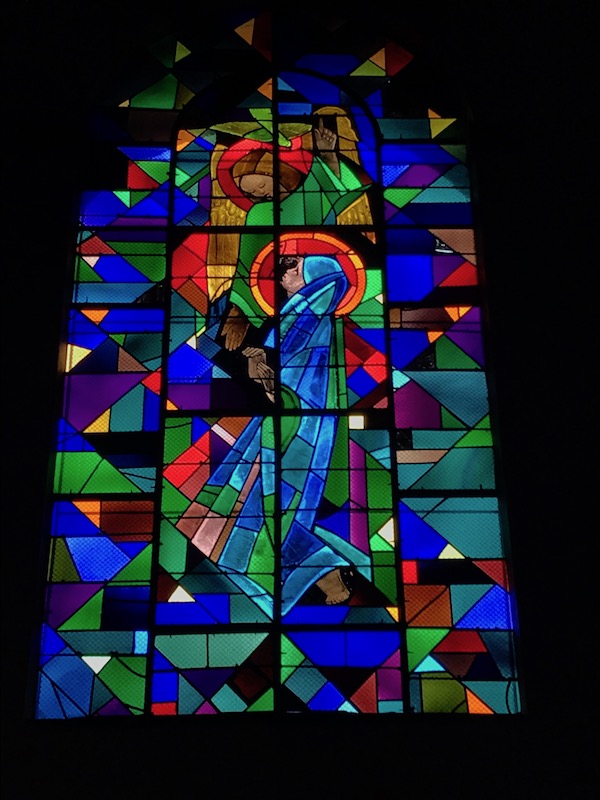
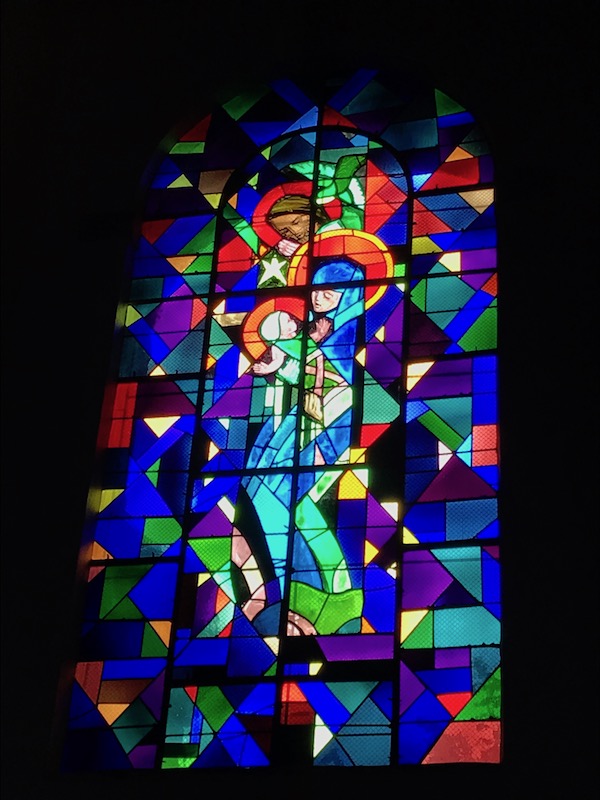
Next to the church is an old well.
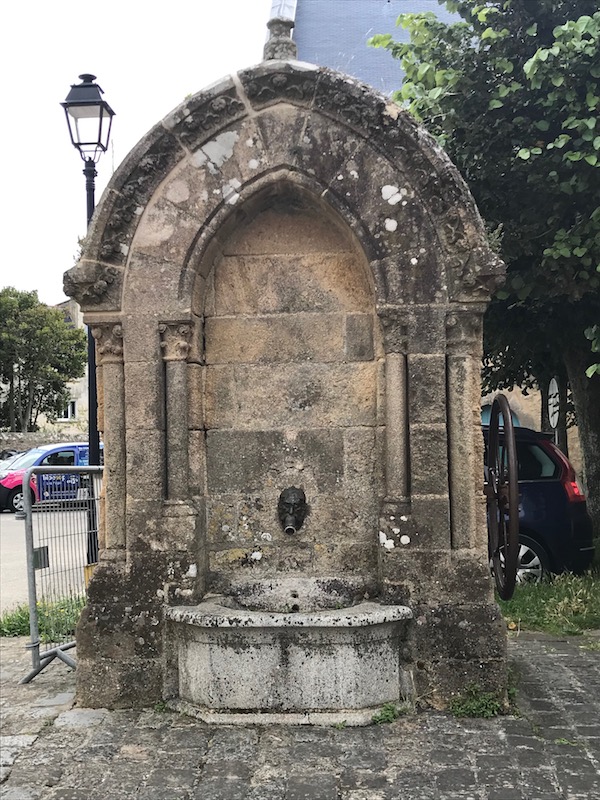
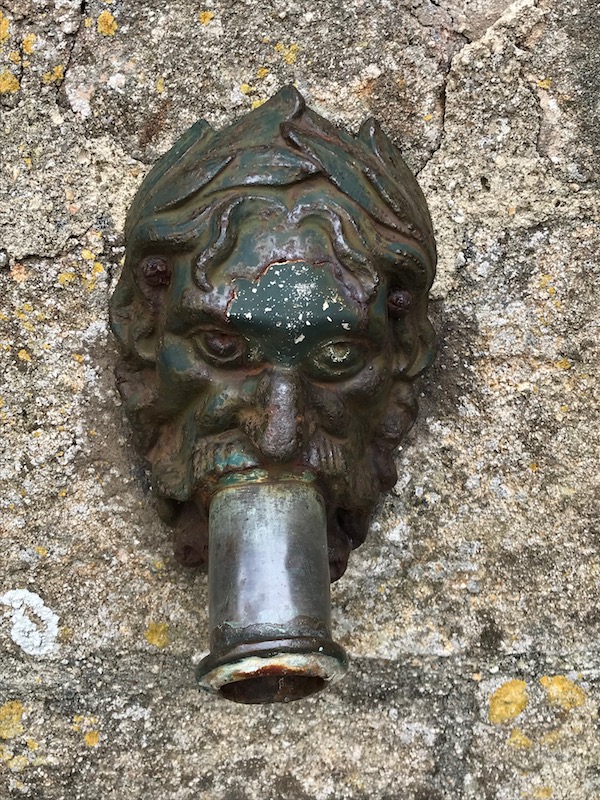
From here, you can look across the water to Lorient, and here you can somewhat see a huge concrete structure. This was the German submarine base that the Allied troops attempted to destroy by bombing the city of Lorient. Unfortunately, while they were successful in destroying most of the city, this submarine base remained intact.

Lucy with the fort in the background.
